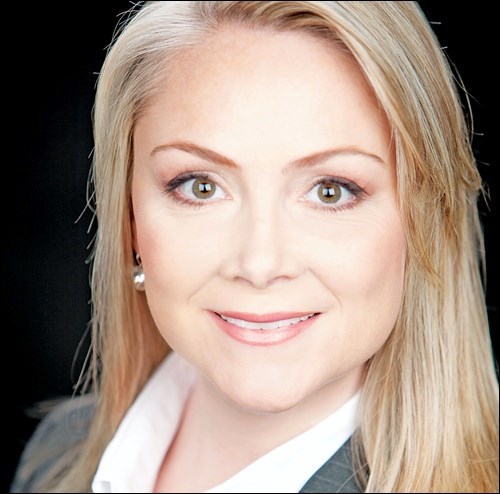When you leave an employer, any pension money in a registered plan will be transferred to a Locked-In Retirement Account (LIRA), or Locked-In Retirement Savings Plan (LRSP). Those funds are “locked in” and not available for use until you retire. There are exceptions, but these are tightly regulated. Here’s a look at the rules for locked-in retirement plans.
Under some circumstances, and depending on the province of residence, funds may be withdrawn early, for example, to pay for medical expenses, accommodation, or retrofitting your residence due to an illness or disability. Funds may also be withdrawn in cases of shortened life expectancy or becoming a non-resident of Canada.
When you retire (or turn 71), you will need to collapse the LIRA and purchase a life annuity, a Life Income Fund (LIF), a Locked-In Retirement Income Fund (LRIF), or a Prescribed Registered Retirement Income Fund (PRIF) with the proceeds of the LIRA. These vehicles, or any combination of them, will create a retirement income stream for you.
The earliest that you can purchase an LRIF is around age 55, but it could be earlier depending upon the retirement age specified in the terms of the pension plan. A certain amount must be paid out of an LRIF each year, except in the initial year of the LRIF. You may choose not to be paid any money in the first year, but you must begin receiving payments from the LRIF before December 31 of the following year.
Contact your pension administrator and ask them directly about your account. They will be able to tell you when you can start to withdraw money under your plan. Once you have this information and you buy an LRIF, you can instruct your advisor to sell some of your mutual funds to make funds available for payment.
For more pension information, contact the government agency responsible for regulating pensions in your province:
*B.C.:Financial Institutions Commission
*Alberta:Alberta Treasury Board and Finance
* Saskatchewan:Financial and Consumer Affairs Authority
* Manitoba:Manitoba Office of the Superintendent Pension Commission
* Ontario:Financial Services Commission of Ontario
* Quebec:Régie des rentes du Quebec
* New Brunswick:New Brunswick Office of the Superintendent of Pensions
* Nova Scotia:Nova Scotia Finance and Treasury Board
* Newfoundland & Labrador:Newfoundland & Labrador Service NL
* Prince Edward Island:Provincial legislation pending
* Yukon, the Northwest Territories and Nunavut:Federal Office of Superintendent of Financial Institutions
Courtesy Fundata Canada Inc. © 2015. Robyn Thompson, CFP, CIM, FCSI, is president of Castlemark Wealth Management. This article is not intended as personalized advice.
_



